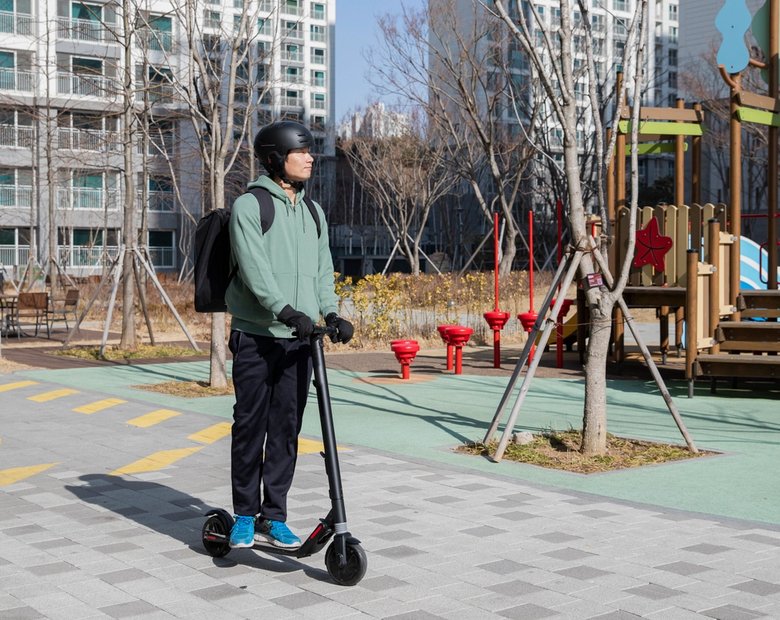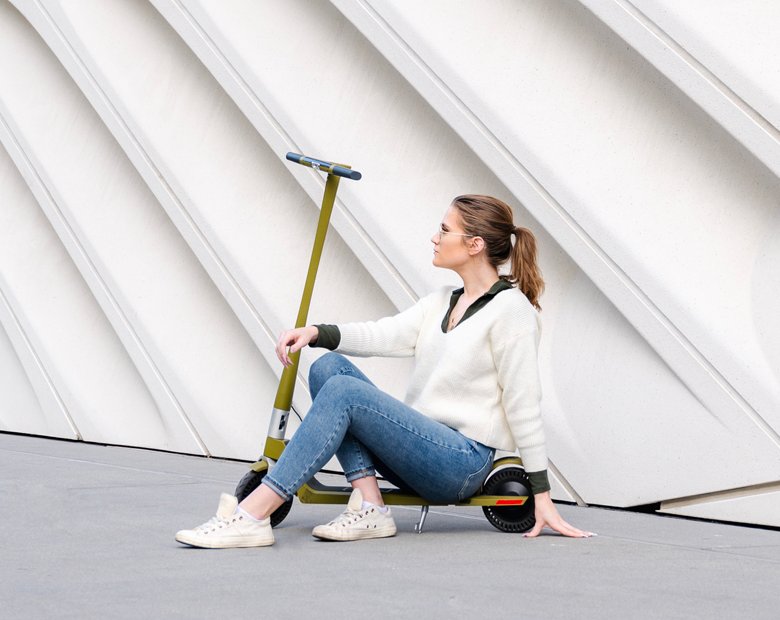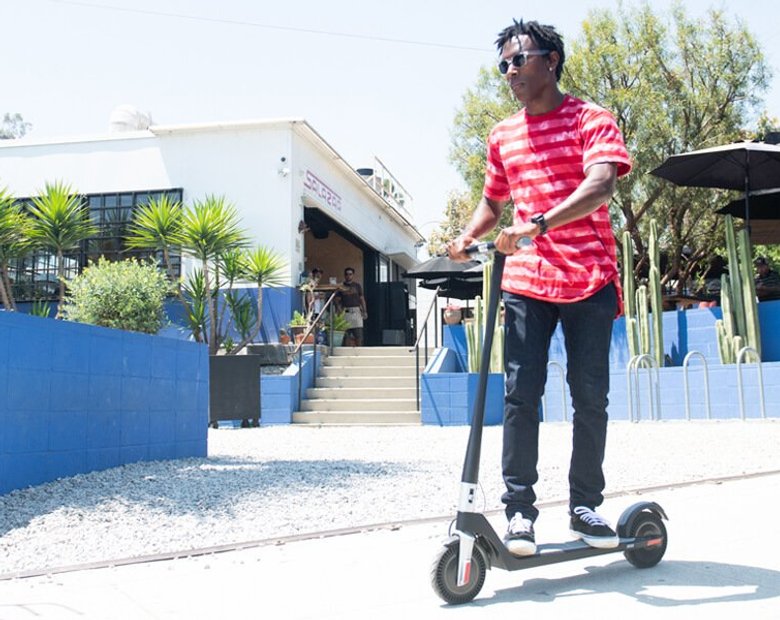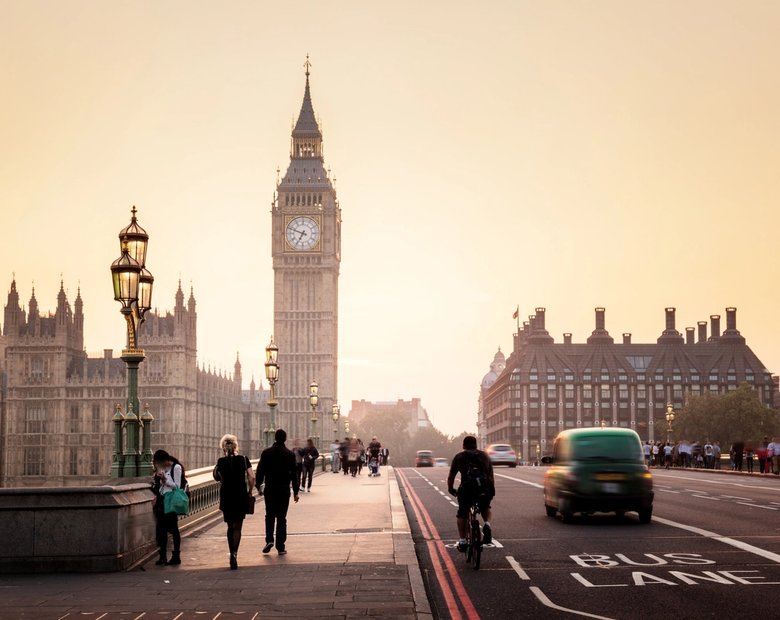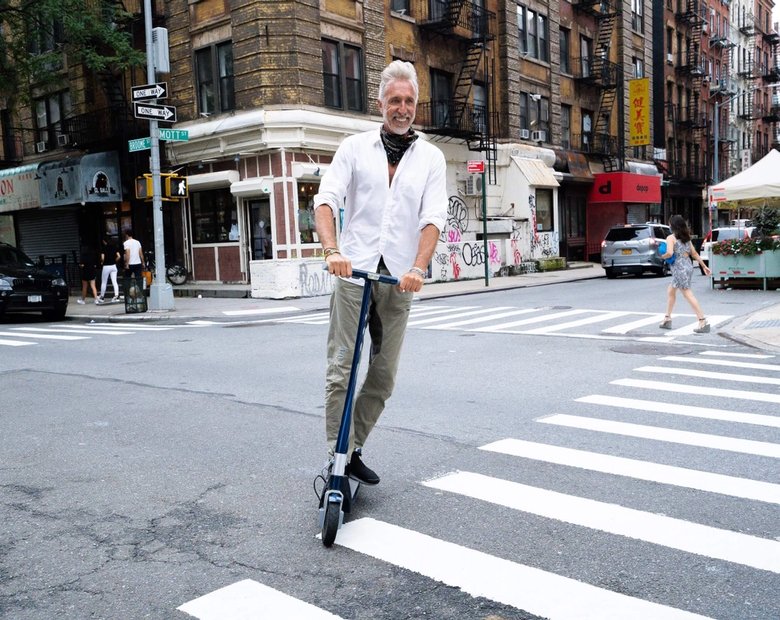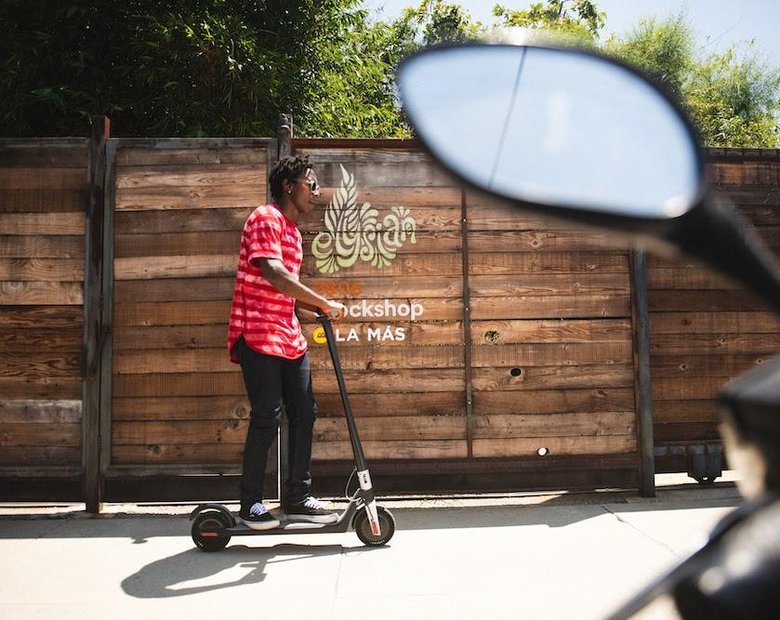In only a few short months, the current pandemic has changed the way we do nearly everything, from getting to work to gathering (or not) in public. Fears of the virus multiply when it comes to public transportation. Public transit systems may act as the veins and arteries of major cities, but they are also spaces where we willingly forgo expectations of personal space around hundreds of strangers—hardly ideal conditions in a time of social distancing, especially since so many localities have struggled to enforce mask-wearing, one of the best protections against transmission of the virus, according to public health experts.
In any case, whether they’re working from home, driving themselves to work, for using other forms of transport, commuters have been, by and large, avoiding trains and buses. Washington D.C.’s Metro reported that ridership was down 95% last month. New York City’s subway system, the largest in the world, lost over 90% of its riders in April (and over 130 MTA workers succumbed to the disease). These are not inspiring statistics for advocates of public transit. Risks may have been exaggerated by inaccurate headlines, but anxiety and reasonable caution remain and aren’t going anywhere soon.
Most People Still Feel Uneasy Using Public Transportation

A recent survey commissioned by the World Economic Forum found that among 4,600 commuters in nine countries, over half (52%) reported feeling uncomfortable taking subways and buses, evaluating the risk as similar to “attending concerts, sports events, or conferences.” Among those who use public transportation regularly, 41% responded that they would use it less. These numbers tell a sad story for mass transit revenues. If transit agencies are unable to recoup expenses, the result could be permanently reduced hours, closed stations, or canceled bus lines.
Experts are also concerned about the massive increase in car traffic as more people choose to drive to work, worsening the dual crises of traffic congestion and air pollution. But despite the downsides to avoiding public transportation, commuters’ fears may be well-founded. Recent studies show that risk of transmission on trains and buses is extremely low, provided that riders observe social distancing and wear masks. However, the attack rate increases 10 times or more for riders seated next to—or even one seat away from—an infected person.

While masks reduce infection rates significantly, commuters surveyed by the World Economic Forum differed wildly in their responses to questions about mask-wearing, with only half of respondents in the US believing masks are necessary on mass transit. That number is even lower in Canada, Australia, Germany, and the UK. Overall, responses hovered around 50% or lower when it comes other safety measures like enforcing social distancing and limiting occupancy. While individual riders may do all that they can to protect themselves and others, they cannot guarantee that their neighbors will do the same.
Experts Recommend Half Capacity on Trains and Buses

When lockdowns began to ease and people began returning to work, authorities like the Centers for Disease Control initially issued guidelines for commuters that urged them to avoid public transit altogether and drive alone. These guidelines were revised after an outcry from transit and environmental advocates. For one thing, too many people rely on public transportation, and many of those people do not have access to cars, and many of them are essential workers who depend on transit systems as the community depends on them to get to work.
New recommendations suggest that transit systems operate at half capacity to give riders plenty of space to social distance. These guidelines are consistent with the research in China, which shows that “a person’s seat location and travel time in relation to an infectious person can make a big difference as to whether it is passed on,” as Dr. Shengjie Lai of the University of Southampton explains. “The findings suggest that during the COVID-19 epidemic it is important to reduce the density of passengers and promote personal hygiene measures, the use of face coverings and possibly carry-out temperature checks before boarding.”
Cities Moving Quickly to Adapt to New Transit Needs

“Even during a pandemic,” write Janette Sadik-Khan and Seth Solomonow at The Atlantic, “public-transit systems show thedmselves to be indispensable to the functioning of big cities, transporting essential workers to jobs, while also acting as a major engine of economic stability and equity.” In recognition of this fact, cities around the world have been adapting their transportation systems over the past few months to make them safer and more accessible for healthcare workers and other essential workers who depend on them.
But as cities adapt, they also rethink what public transit looks like. As Chris Castro, director of sustainability and resilience for the city of Orlando, Florida, says, COVID is “underscoring the importance of clean mobility and the need for us to transition rapidly away from fossil-fuel internal combustion engines to electric vehicles.” To that end, Orlando, like many other cities, has been intentionally moving toward what they call ACES, or “autonomous, connected, electric, and shared” mobility in order to reduce the environmental burden of public transportation and give commuters more and safer options.
Part of adapting to the post-COVID world has meant making infrastructure friendlier to pedestrians, bikes, scooters, and other forms of micromobility. Not only are such changes necessary to move toward a more sustainable future, but they will begin to alleviate some of the traffic congestion caused by increased driving during the pandemic. As city planners, public health experts, and micromobility companies are discovering, the solution is to give commuters more transit options, not fewer.
COVID, Commuting, and Micromobility

The new reality has led many people who previously relied on public transportation to look at alternatives they may not have considered before, including walking and biking to work and taking shared or personal electric vehicles like e-bikes, skateboards, and scooters. Using small electric vehicles in place of public transportation gives commuters control over social distancing and alleviates the anxiety about riding in close quarters with others during the pandemic. A study commissioned by Lime found that micromobility transit poses the lowest risk of contracting COVID-19, which is primarily spread indoors.
Another share company, Bird, has found that more people are trying e-scooters for the first time and more are becoming repeat riders. This is good news for the sharing industry, which has taken a huge economic hit, according to a market analysis by McKinsey. It also bodes well for the future of commuting in general. In a post-COVID world, more commuters will likely find that micromobility solutions—combined or in place of traditional options like driving or taking public transit—are not only safer but also faster ways to get to work.
Rather than relying on share companies, more riders are finding that owning their own lightweight, high performance scooter, such as the Unagi Model One, offers the flexibility they need to adapt quickly to changing conditions. Personal electric vehicles like e-scooters are, for many commuters who live in urban centers, one of the fastest ways to get around. Commuters are also discovering, in a post-COVID world where public transportation poses risks and ramps up fears, that they may also be one of the safest ways to travel. Public transit systems will recover from the pandemic, and when they do, they will likely look much different from before, incorporating more electric vehicles and changing city infrastructure to accommodate them.

